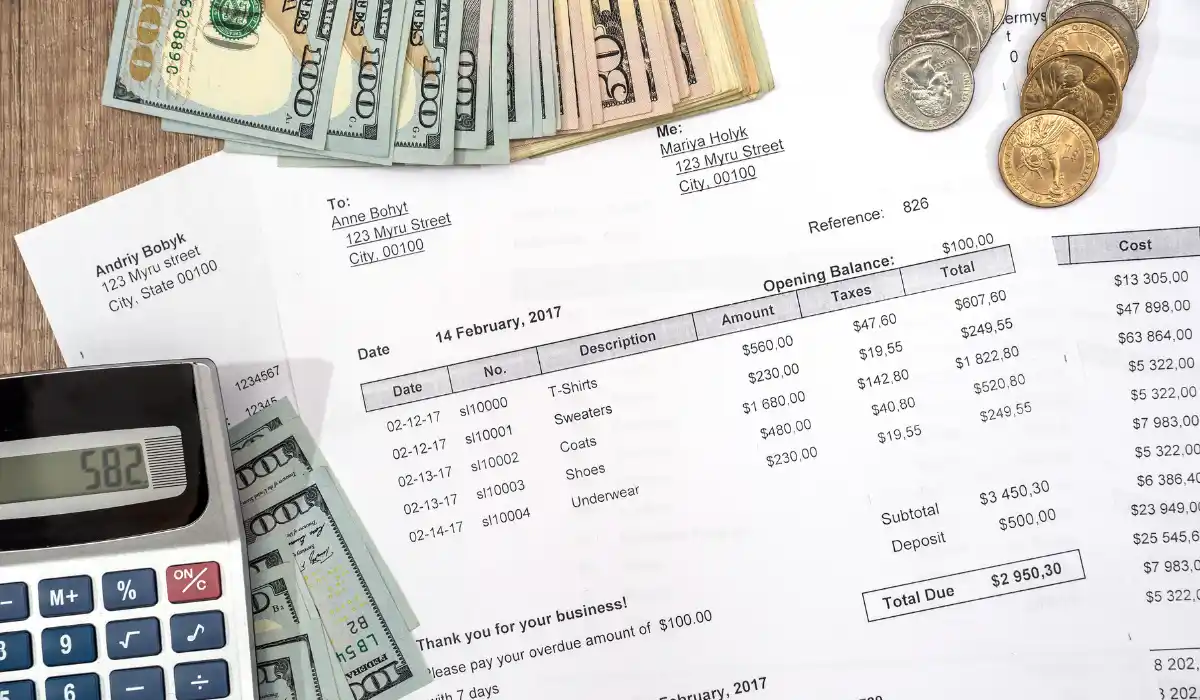
7 Things You Should Know If You Deposit More Than $10K Into Your Checking Account
When it comes to depositing a substantial amount of money into your checking account, there are several key considerations to keep in mind. This article will outline seven important things you should know before making such a deposit.
Banks Must Report Large Deposits
Under the Bank Secrecy Act, banks are required to file Currency Transaction Reports (CTR) for any cash deposits over $10,000. These reports include details such as the depositor’s name, account number, Social Security number, and taxpayer identification number. This is a standard procedure aimed at preventing money laundering and other financial crimes.
Structuring Is Illegal
Attempting to avoid the federal cash-reporting rules by making multiple smaller deposits that total $10,000 or more over a short period, known as “structuring,” is illegal. Banks are required to report suspicious activities, and engaging in structuring can lead to penalties and legal consequences.
Additional Documentation May Be Required
When making a large deposit, you may be asked to provide additional information about the source of the funds, such as invoices or receipts. This information helps banks and government agencies identify potential red flags for illegal or fraudulent activity.
Form 8300 Must Be Filed
Individuals, businesses, and trades must file Form 8300 with the IRS within 15 days of receiving a cash sum of $10,000 or more. This form is crucial in preventing money laundering and is a legal requirement.
Your Bank Account May Have Limits
Some bank accounts come with a maximum deposit limit. It’s important to verify with your bank that you can deposit $10,000 or more into your account, as exceeding these limits could result in fees or penalties.
Not All Bank Accounts Are Secured
When depositing large sums of money, ensure that your bank account is FDIC-insured. This protection safeguards your money in the event of bank failure, up to a certain amount. It’s essential to choose a bank with adequate safeguards in place.
Watch Out for Scams and Fraud
Scammers often target individuals depositing large sums of money. Verify the legitimacy of the transaction and the source of the funds before making a deposit. If something seems suspicious, investigate further to protect yourself from fraud.
In conclusion, depositing $10,000 or more into your checking account requires careful consideration and awareness of the relevant laws and regulations. By understanding these seven key points, you can ensure that your deposit is handled smoothly and securely.





